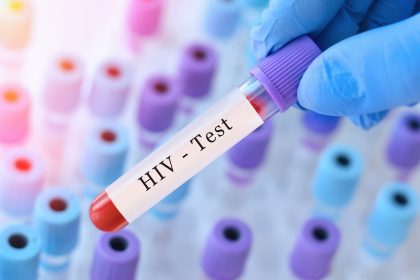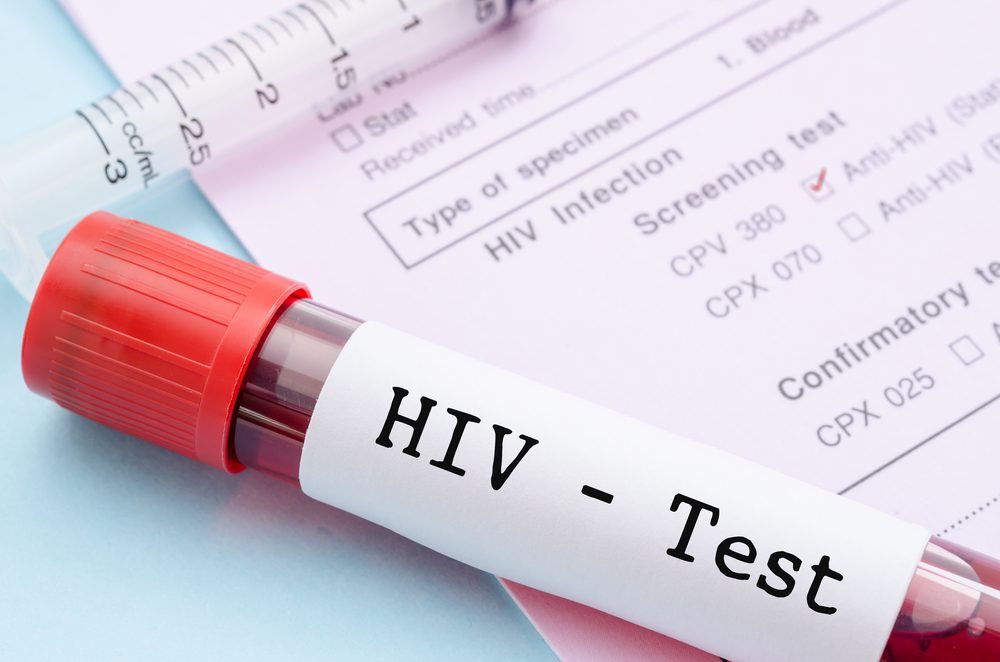The landscape of Covid-19 continues to evolve in 2024, with the XEC variant emerging as the main concern during this winter season. This mutation of the Omicron strain now represents 45% of all cases across the United States, according to the Centers for Disease Control and Prevention. The variant’s modified spike protein structure suggests it could spread more easily than its predecessors, raising concerns among health experts as families gather for winter celebrations.
The 8 most common symptoms to watch for
While the virus has evolved, its telltale signs remain consistent with previous strains. Medical professionals are particularly focusing on these eight primary symptoms that could indicate an XEC infection:
- Persistent fatigue that exceeds normal tiredness
- Fever accompanied by body chills
- Dry cough that may worsen over time
- Breathing difficulties or shortness of breath
- Throat discomfort and inflammation
- Nasal congestion with increased mucus production
- Sudden changes in taste or smell perception
- Muscle pain and body aches
Additional symptoms might include headaches, digestive issues such as nausea or diarrhea, and varying degrees of congestion. Health experts emphasize that these symptoms can range from mild to severe, regardless of previous Covid infections or vaccination status.
Why winter 2024 demands extra vigilance
The convergence of holiday gatherings, indoor activities, and respiratory virus season creates perfect conditions for XEC transmission. The variant’s enhanced spike protein structure potentially allows it to bypass some immune defenses, though current vaccines still offer significant protection against severe illness.
The latest on vaccine effectiveness
The updated Covid-19 vaccine formulation shows promising results against the XEC variant. Research indicates that the current booster shots target the variant’s specific mutations, though protection may decrease over time. Health authorities recommend staying current with vaccinations, particularly for those who haven’t received their latest dose.
Protection strategies that work
Current medical guidance emphasizes a multi-layered approach to prevention. This includes maintaining up-to-date vaccination status and wearing masks in high-risk situations, particularly in crowded indoor spaces with poor ventilation. The recommendation to isolate when experiencing symptoms remains crucial for community protection.
What to do if you suspect infection
Testing remains a vital tool in managing the spread of XEC. With symptoms often mimicking general fatigue or common colds, early testing can help prevent unintended transmission, especially during social gatherings and family events. Various testing options remain readily available, from home kits to medical facility testing.
Looking ahead: The future of Covid prevention
As the virus continues to adapt, so do prevention and treatment strategies. Medical professionals emphasize the importance of remaining vigilant while maintaining normal activities with appropriate precautions. The focus shifts toward sustainable long-term management rather than crisis response.
Understanding testing and treatment options
Medical facilities now offer advanced testing capabilities that can specifically identify the XEC variant. At-home tests remain reliable for detecting infection, though they don’t specify the variant type. The key is testing early when symptoms first appear, rather than waiting for them to worsen. Many local pharmacies and healthcare providers offer same-day testing appointments, making it easier to get quick results and appropriate care.
The impact on different age groups
The XEC variant affects various age groups differently, with some interesting patterns emerging in 2024. Young adults between 25 and 40 currently show the highest infection rates, possibly due to increased social interaction and workplace exposure. However, severe cases continue to predominantly affect older adults and those with underlying health conditions. Children generally experience milder symptoms, though medical professionals stress the importance of protecting them through appropriate precautions.
Travel considerations for 2024
As global mobility returns to pre-pandemic levels, traveling requires thoughtful preparation. Many countries have relaxed their entry requirements, but health experts recommend several precautions for safer travel:
Taking a Covid test before and after major trips, especially international ones Keeping masks handy for crowded transportation hubs Maintaining good hand hygiene throughout the journey Having a plan for potential illness while away from home
The role of immunity in 2024
Natural immunity from previous infections combined with vaccine-induced protection has created a complex immunity landscape. However, the XEC variant’s mutations can potentially bypass some of these defenses. This doesn’t mean previous immunity is worthless – rather, it continues to provide important protection against severe illness, even if it doesn’t completely prevent infection.
Managing mental health alongside Covid concerns
The persistent presence of Covid-19 variants continues to impact mental well-being. While society has largely adapted to living with the virus, anxiety about new variants and potential illness remains a concern for many. Health professionals emphasize the importance of balancing physical protection with mental health needs, encouraging social connections while maintaining appropriate precautions.
The community impact
Local communities continue adapting their response strategies as the XEC variant spreads. Many areas have developed efficient monitoring systems to track infection rates and hospital capacity. This data helps inform public health decisions and allows communities to respond quickly to increasing case numbers.
Looking toward spring 2024
As winter transitions to spring, health experts anticipate potential changes in virus behavior and spread patterns. Historical data suggests respiratory virus transmission typically decreases in warmer months, though the XEC variant’s specific seasonal patterns remain to be seen. Medical professionals continue monitoring its evolution while developing updated response strategies.
The bottom line
While the XEC variant presents ongoing challenges, the medical community’s understanding of Covid-19 continues to advance. The key to managing this newest phase of the pandemic lies in staying informed, maintaining appropriate precautions, and responding quickly to potential symptoms. With proper attention to prevention strategies and prompt response to illness, communities can effectively manage the spread of this latest variant.
The combination of updated vaccines, improved treatments, and better understanding of virus behavior provides tools for dealing with XEC and future variants. As society continues adapting to living with Covid-19, the focus remains on balanced, practical approaches to prevention and treatment while maintaining normal daily activities.
Remember to consult healthcare providers for personalized medical advice and stay updated on local health guidelines, as recommendations may vary based on community transmission levels and individual risk factors.













